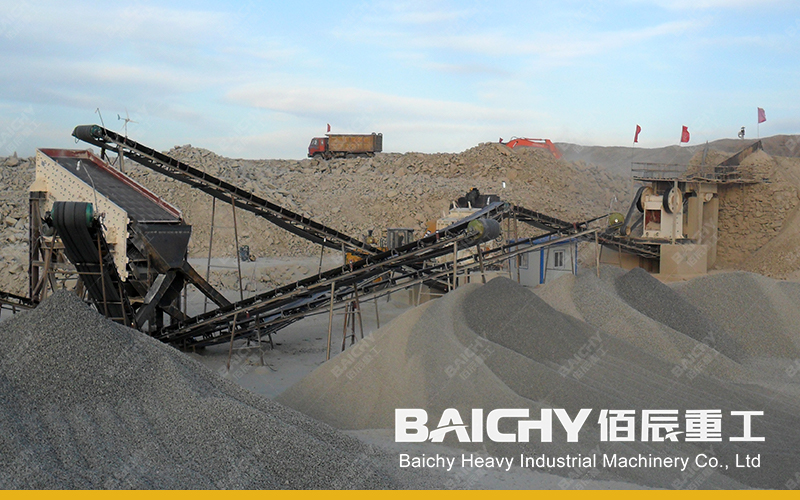Crushing equipment has the seemingly simple job of breaking up massive boulders and rocks into smaller aggregates. Something so straightforward is quite complex in practicality. Huge machines weighing thousands of kilograms, crush some of the hardest materials ever, pumping out tonne after tonne of valuable stone.
Jaw crushers and impact crushers are popular and widely used in various industries, such as mining, construction, aggregate production, etc. They both have advantages and disadvantages, making them suitable for different conditions.

What Are Jaw Crushers?
Jaw crushers are renowned for their robustness and ability to handle a wide range of materials. Their design, with a fixed jaw and a moving jaw, allows for compressive crushing action that fractures rocks and other solid materials efficiently. Jaw crushers are typically used as primary crushers, as they can take in large boulders and reduce them to a manageable size for further processing.
The key benefits of jaw crushers include:
• High crushing ratio
• Ability to handle hard and abrasive materials
• Long-lasting durability
• Simple structure and easy maintenance

What Are Impact Crushers?
Impact crushers, on the other hand, utilize the force of impact to break down materials. These crushers feature a rotor that rotates at high speed, throwing materials against breaker plates or anvils to achieve size reduction. Impact crushers are often used for secondary and tertiary crushing applications, where they excel in shaping and fine crushing.
The key benefits of impact crushers include:
• Excellent shaping ability
• High reduction ratio in a single pass
• Suitability for softer and less abrasive materials
• Adjustable crushing chamber for different output requirements

Jaw Crusher VS Impact Crusher
Structure and Working Principle
Jaw Crusher: Featuring a stationary jaw and a movable jaw, it works by compressing the material between the two jaws to reduce its size.
Impact Crusher: Equipped with rotating rotors and impact bars, it breaks the material by high-speed impact and shearing action.
Feed and Discharge Sizes
Jaw Crusher: Ideal for large feed sizes, often used as a primary crusher. The discharge size can be adjusted but is generally coarser.
Impact Crusher: Handles medium to large feed sizes, capable of producing finer particles through secondary or tertiary crushing.
Application Range:
Jaw Crushers: Ideal for primary crushing of hard and abrasive materials.
Impact Crushers: More suitable for secondary and tertiary crushing, producing a finer and more uniform product.
Crushing Capacity and Output
Jaw Crusher: Offers high crushing ratios and reliable performance, making it suitable for heavy-duty applications.
Impact Crusher: Characterized by its high crushing efficiency and cubic-shaped products, it's ideal for applications requiring high-quality aggregates.
What is a better jaw or impact crusher?
The choice between a jaw crusher and an impact crusher ultimately depends on your specific application requirements. If you're looking for a robust, reliable primary crusher that can handle hard and abrasive materials, a jaw crusher is a great choice. However, if you need a crusher that can produce a more cubical product with a high reduction ratio, an impact crusher may be a better fit.
Choose the Right Crushing Equipment for Your Needs
When selecting a crusher for your crushing operations, it's crucial to consider the material you're processing, the desired output size, and your production requirements. Our company offers a comprehensive range of jaw crushers and impact crushers, designed to meet various industrial needs.
By understanding the differences between a jaw crusher and an impact crusher, you can make an informed decision and choose the grinding equipment that best suits your application. Contact us to learn more about our high-quality grinding equipment solutions.











